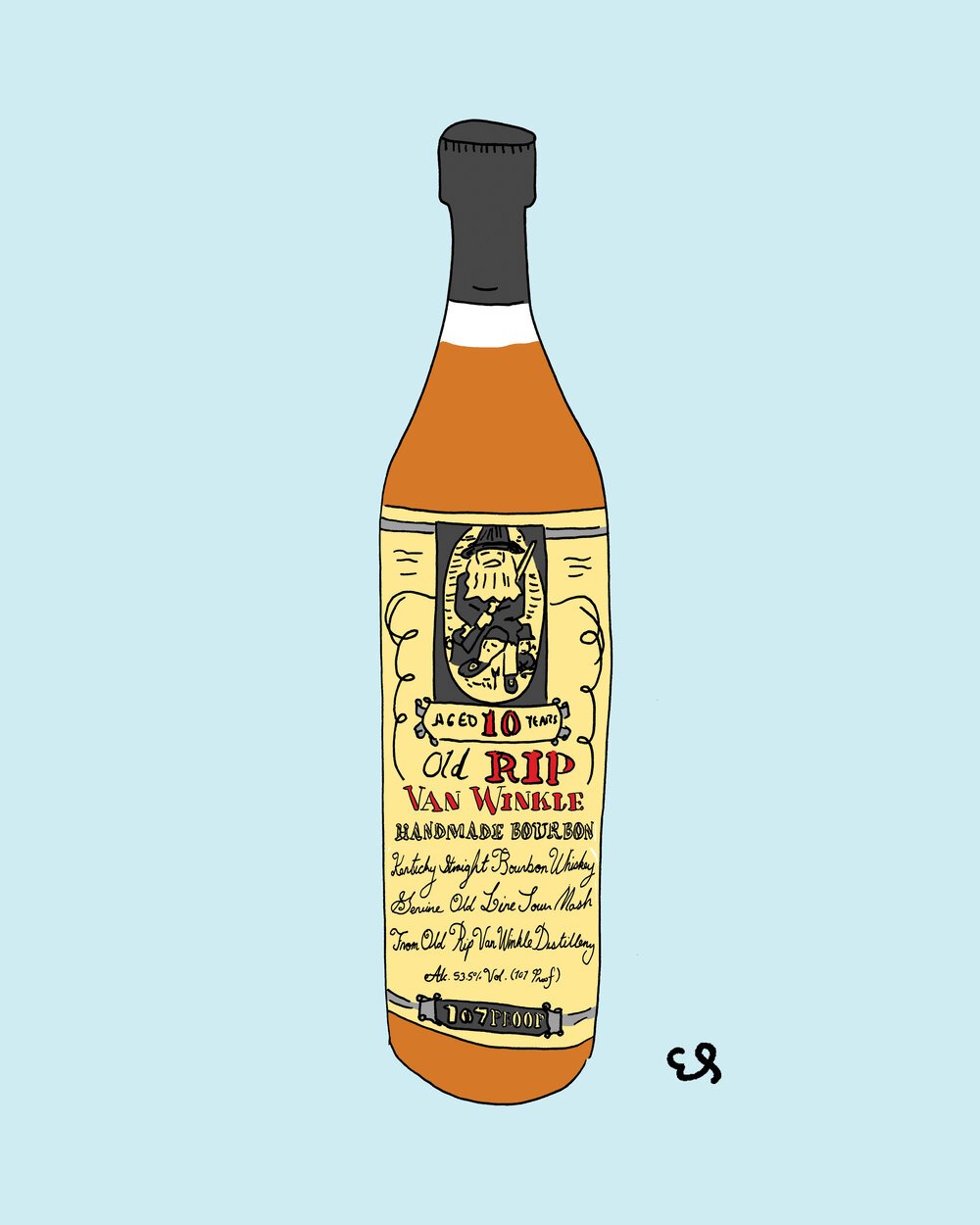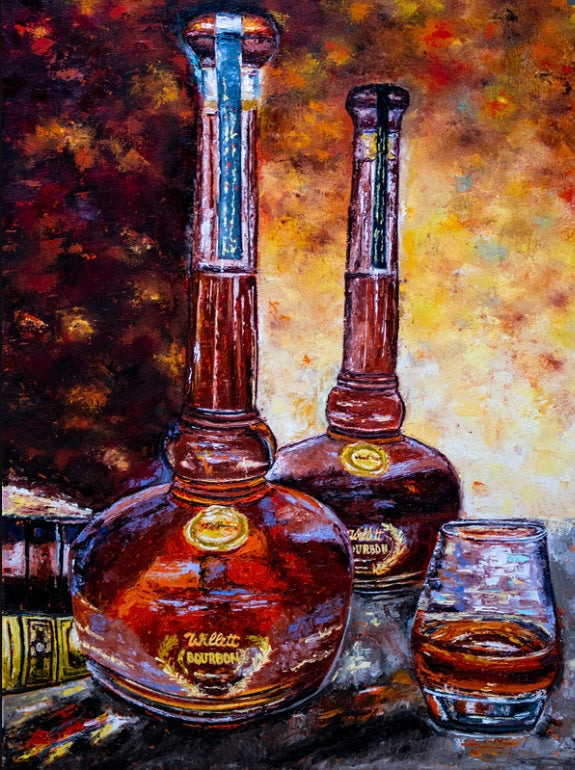The Allure of Realism Art: A Deep Dive into Whiskey's Rich Heritage
The Allure of Realism Art: A Deep Dive into Whiskey's Rich Heritage
Blog Article
The Relevance of Whiskey Art in Celebrating Heritage and Craftsmanship in the Beverage Sector
The elaborate connection between bourbon art and the celebration of heritage and workmanship within the beverage sector can not be overstated. Via thoughtfully made labels and containers, whiskey brand names envelop their historical origins and the artisanal skills that specify their production techniques.
The Historic Roots of Whiskey
At the heart of whiskey's appeal exists a rich tapestry of historic origins that trace back to old civilizations. The origins of bourbon can be linked to the distillation techniques of the Sumerians and Babylonians around 2000 BCE, where early types of fermented grain drinks began to emerge. It was in the Middle Ages that the art of distillation progressed significantly, especially in Ireland and Scotland, leading to the development of bourbon as we know it today.
The term "bourbon" itself originates from the Gaelic word "uisce beatha," indicating "water of life." This expression emphasizes the cultural relevance of scotch in Celtic societies, where it was frequently connected with routines, parties, and public bonding. By the 15th century, distillation became an acknowledged craft within monastic neighborhoods, leading the way for the facility of lawful distilleries.
As profession courses increased, whiskey's appeal expanded, transcending regional boundaries and catching the rate of interest of lovers worldwide. Limited Edition. This historic journey shows not only the craftsmanship behind whiskey production but also its integral role in social and social contexts, noting it as a substantial drink throughout background
Artistic Expression in Branding
Scotch branding stands as an engaging junction of virtuosity and business, where visual identity plays an essential role fit customer assumption. The aesthetics of whiskey tags, product packaging, and advertising materials mirror not just the brand's story yet additionally its core values and heritage. Through imaginative expression, distilleries share a narrative that resonates with customers, stimulating emotions and triggering links.
Using shade, typography, and imagery in branding offers to distinguish items in a saturated market. For instance, traditional themes may stimulate a sense of authenticity and workmanship, while contemporary layouts can symbolize innovation and forward-thinking. This tactical imaginative direction improves brand name recognition and loyalty, permitting consumers to create an individual relationship with the scotch they pick.
Furthermore, creative expression in branding often works as a party of local heritage. Distilleries frequently integrate neighborhood symbols or historical recommendations right into their layouts, creating a sense of location that welcomes customers to partake in a wider social experience. Inevitably, the artistry behind whiskey branding not only improves aesthetic allure yet also enriches the general narrative of the brand name, cultivating a much deeper admiration for the craftsmanship and heritage embedded in each bottle.
Craftsmanship in Bottle Style
The creativity obvious in scotch branding extends beyond visual identity to encompass the craftsmanship included in bottle style. Each container acts as a vessel not simply for the spirit within, however likewise for the tale it outlines its origin, high quality, and custom. The design procedure calls for meticulous focus to information, as aspects such as product, shape, and closure add considerably to the overall perception of the bourbon.
Workmanship in bottle design entails picking premium glass that can improve the whiskey's shade and clearness, while also providing a responsive experience for the consumer. The silhouette of the container should be both functional and cosmetically attractive, frequently reflecting the heritage of the brand name. Numerous distilleries go with special shapes or printed logos that stimulate a sense of credibility and history.
Moreover, the tag design and typography play a critical function in connecting the brand's story. Limited Edition. A well-crafted container not only astounds the consumer's eye yet also enhances the brand's dedication to quality and custom. This way, the workmanship of container style comes to be an important facet of the whiskey experience, merging virtuosity with a profound regard for heritage
Social Importance of Bourbon Art
Celebrating custom and workmanship, the social importance of bourbon art goes beyond mere appearances, intertwining with the social and historic narratives of the regions from which it stems. Each container acts as a canvas, illustrating the one-of-a-kind stories, folklore, and customs that have actually formed local whiskey-making methods. The complex layouts frequently show the heritage of the distillers, integrating icons and concepts that resonate with the culture and values of their neighborhoods.

On top of that, whiskey art plays a crucial role in common celebrations and celebrations, working as a substantial link in between individuals and their shared experiences. By appreciating the creativity in bourbon packaging, consumers grow a much deeper understanding and respect for the craft, eventually improving their enjoyment of the beverage itself.
Modern Trends in Scotch Discussion
Recently, the presentation of scotch has actually evolved to show modern preferences and fads while still honoring conventional workmanship - Realism Art. Distilleries are increasingly concentrating on aesthetic aspects that boost the total drinking experience, bridging the gap between heritage and modernity
Ingenious container layouts have actually arised, often incorporating sustainable materials and creative labels that tell engaging tales. Lots of brand names currently team up with neighborhood musicians, instilling their items with one-of-a-kind aesthetic expressions that reverberate with customers. In addition, limited-edition launches are usually packaged in collectible containers, including worth and allure for aficionados.

Conclusion
To conclude, scotch art works as an essential avenue for expressing the heritage and craftsmanship intrinsic in the drink sector. Via intricate branding, innovative bottle designs, and culturally considerable creative aspects, scotch brand names properly recognize their practices and attach with customers. This Realism Art imaginative story not just boosts the admiration of bourbon yet additionally enhances area identification and satisfaction amongst manufacturers. Eventually, scotch art plays a necessary function in preserving and celebrating the rich cultural tapestry of whiskey-making.


Craftsmanship in container design involves selecting top notch glass that can improve the scotch's color and clearness, while also offering a responsive experience for the customer. In this method, the craftsmanship of container style becomes an essential element of the whiskey experience, combining creativity with an extensive respect for heritage.
In conclusion, bourbon art serves as an essential channel for expressing the heritage and workmanship fundamental in the drink industry.
Report this page